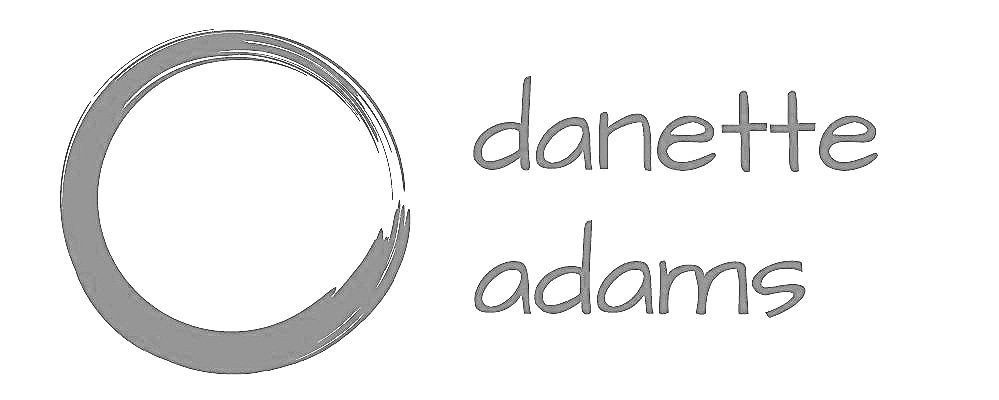stop, drop and breathe!
Have you ever noticed that there seems to be a common reaction to moments of sudden increased tension, unexpected news, or times when we’re nervous, frightened or otherwise overwhelmed? We hold our breath.
You might recognize that you tend to hold your breath in the following situations:
- ~ a car stops suddenly in front of yours and you must break hard to avoid a collision
- ~ you hear that someone close to you has experienced a devastating loss
- ~ as a joke, someone jumps out at your from around a corner to “scare” you
- ~ you’re performing a physically challenging task
- ~ you have a zillion things to do so you plow through without break or breath!
It doesn’t even need to be an extreme situation of tension or loss. I’ve witnessed this in a yoga class when I asked a group of beginner students to extend more deeply into a simple pose or to hold it longer. Suddenly, the entire room was not breathing. En masse, the class was holding its breath and the energy change in the room because of it was palpable. It seems odd that something we do without thinking and that is proof that we are alive, we unconsciously choose not to do it in a reaction to stress.
I could write a book on all the reasons we hold our breath but suffice it to say that it is not in the best interest of our body, minds or souls to hold our breath in times of stress. Stress, especially chronic stress, creates a toxic environment in our body and breathing is the Mighty Detoxifier who releases toxins when we breathe deeply.
When things get tough and your nerves are jangling like a set of car keys, you can stop, drop and breathe. Nothing I’ve ever experiences puts out the fire of panic and chaotic thinking like breathing.

Here are three key steps to get your started making this a daily habit.
1. STOP
I mean this literally. In the face of whatever is happening in the moment of tension, stress, panic or unexpectedness, just stop. Take a moment. The world will not end if you take a moment of awareness instead of reacting immediately and unconsciously.
2. DROP
Drop your awareness into what's happening in your body. Notice when you tend to hold your breath most often. What types of situations find you most often reacting this way? Physical? Emotional? Relational? How often in a day do you find yourself not breathing regularly? Where does it happen? Work? Home? Social Situations? What part of your body tenses when your breath is not flowing? How do you feel after the tense moment subsides and you begin breathing again? Where does your mind (and at what speed) go when your breath stops?
3. BREATHE
Then when you’ve stopped, noticed that you’re in a situation where you’d most often hold your breath, allow the breath to flow. Without force or attempting to deepen your breath in any way, simply let it flow naturally in and out. It knows what to do! While your respiratory system is doing its job, just notice. What is the quality of your breath? Where do you notice it showing up in your body? Your nostrils? Chest? Belly? Again, without directing it, just be aware that it is happening.
With practice, you will eventually more aware of your tendency to keep your breath from naturally doing its job. Begin to notice how you feel once you’ve chosen to maintain a steady, even breath even during tense moments. Notice any differences in the tightness in your body, the stories in your mind and your recovery time from the stressful situation.
Happy breathing!


